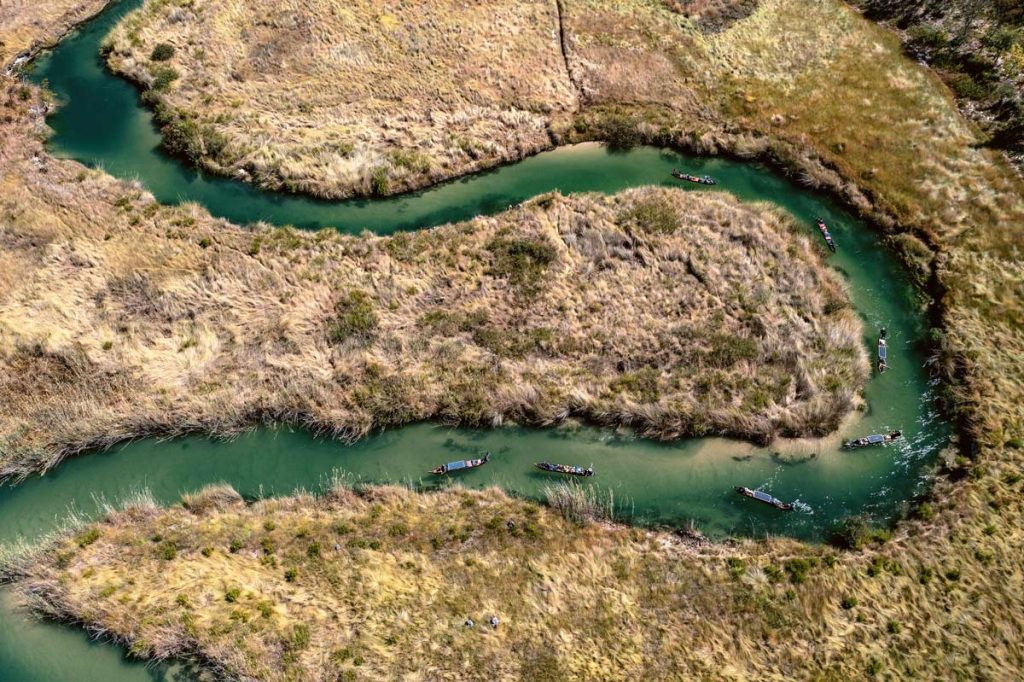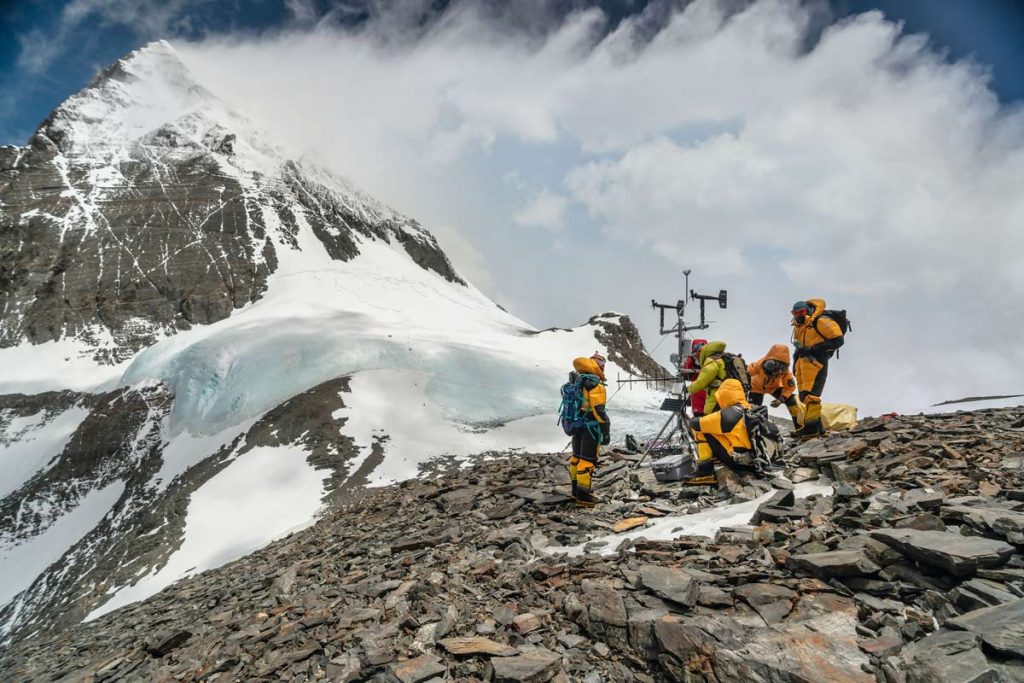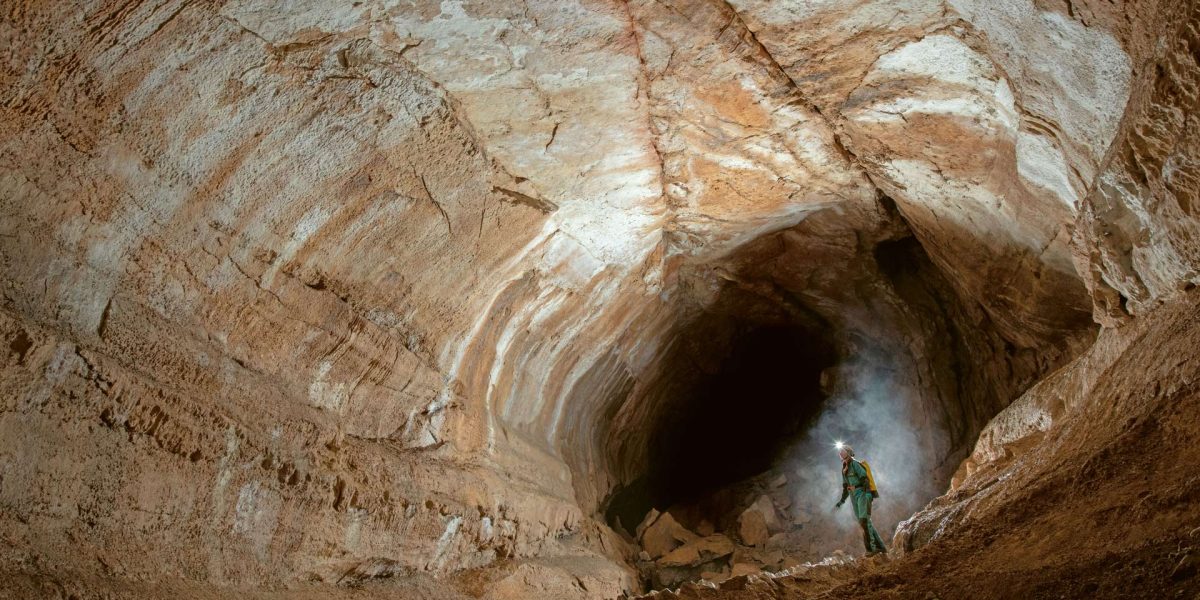The Perpetual Planet
2021 Rolex Awards for Enterprise Laureate Gina Moseley exploring a huge cave inside Dachstein Mammuthöhle, an enormous cavern in the Austrian Alps.
© Rolex/Robbie Shone
There’s a lot of important science to be done out there. In every corner of the globe there are adventurers and scientists roughing it in rainforests or on glaciers taking measurements and observing behaviours to give us a picture of where we’re going.
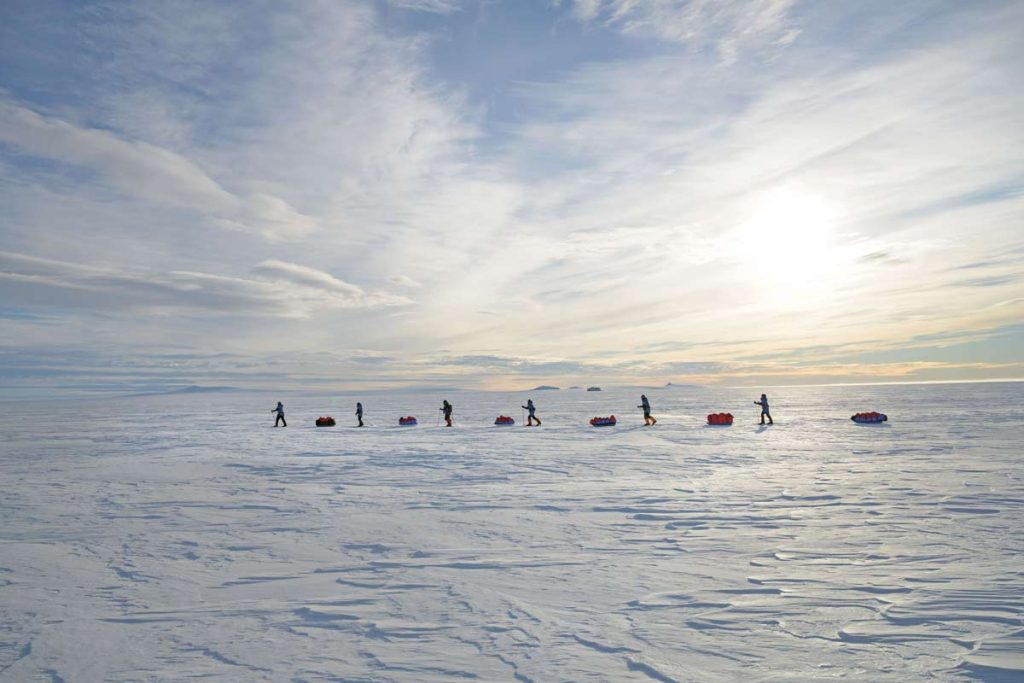
Through the Perpetual Planet Initiative, Rolex is supporting explorers, scientists and conservationists working to preserve our poles, mountains and forests, and their inextricable interconnectedness, across the globe and beyond.
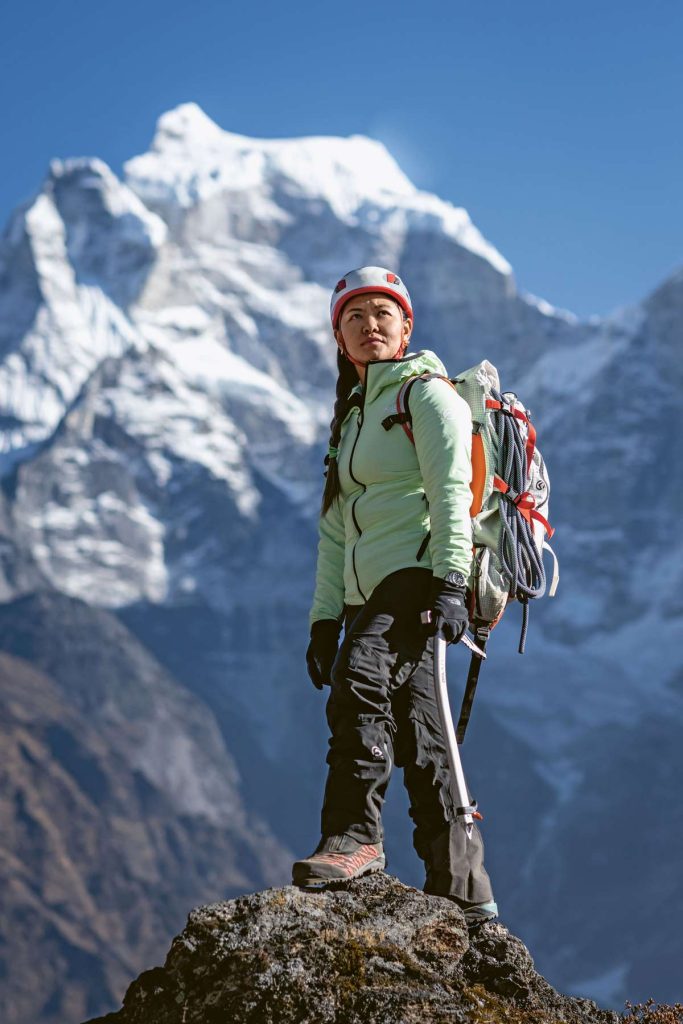
In association with National Geographic Rolex has also helped 7 teams of researchers travel across the Amazon River Basin to evaluate the health of the river basin’s entire water system, all the way from the water source on the Andes to the rushing river mouth at the Atlantic. Meanwhile Francesco Sauro led an expedition deep into the unexplored caves located in the Colombian Amazon. He’s also collaborated with the European Space Agency on exploring caves on the Moon. There in the Amazon they found bacteria thriving in complete darkness. These conditions have implications for life beyond our planet. “Underground, without light, in a very quiet environment over very long geological times, with very low nutrients – those are exactly the conditions we would expect to find on the subsurface of Mars,” he explains. “The caves are like a small planet,”.
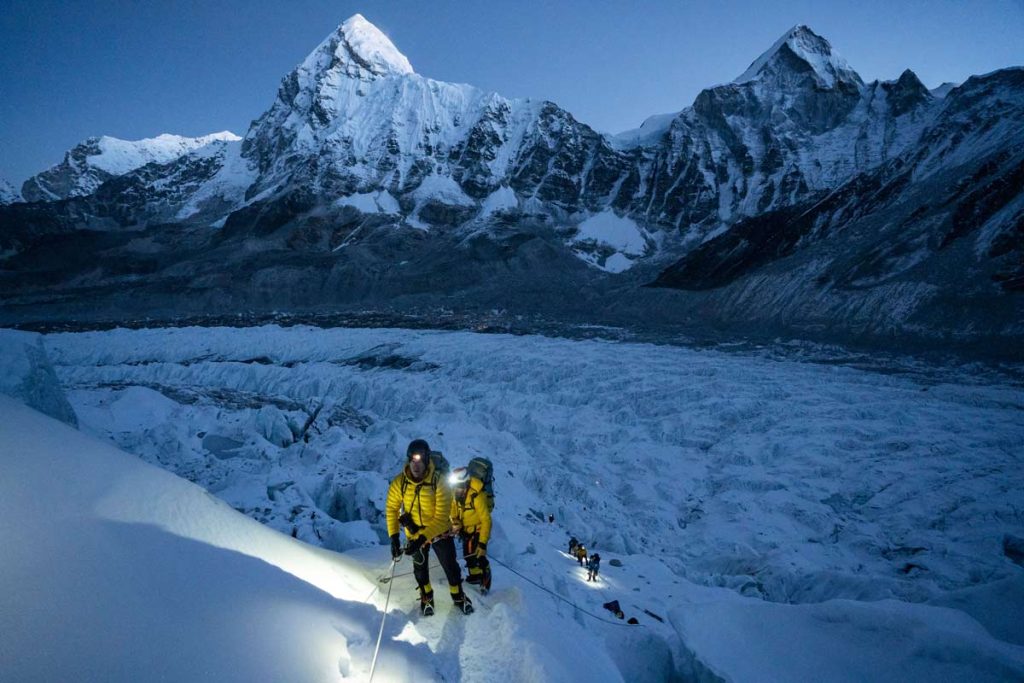
Jumping to Africa renowned South African conservationist Steve Boyes is documenting Africa’s waterways along what he calls “the Great Spine of Africa”, which includes the Angolan highlands, where he found what is arguably Africa’s largest water source.
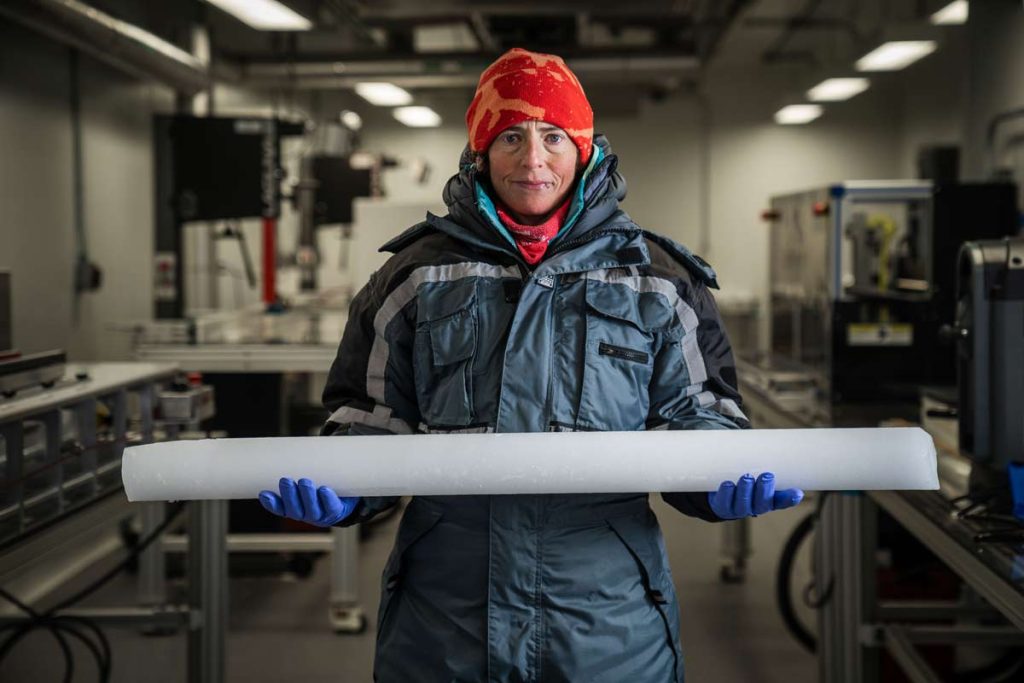
In Canada on their highest Mountain Mount Logan, ice sits all year round, a surprisingly rare phenomenon outside the polar regions due to it’s unique geography. Climate scientist Alison Criscitiello recently took a Perpetual Planet Mount Logan Expedition up 6,000 metres above sea-level to drill ice cores that might contain up to 30,000 years of climate history.
While we sit in nice air conditioning there are these brave individuals across the world making this science happen. Sometimes it’s good just to take a moment and appreciate the incredible work they’re doing.
